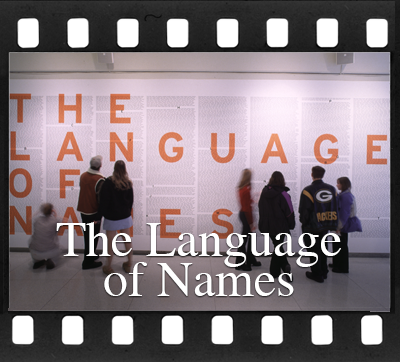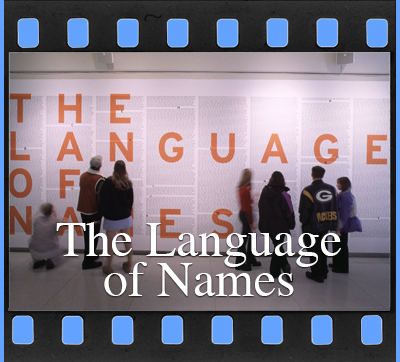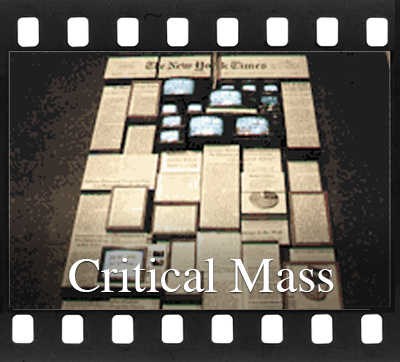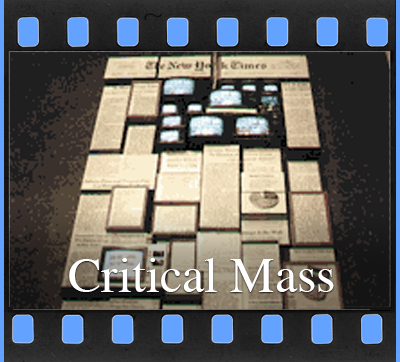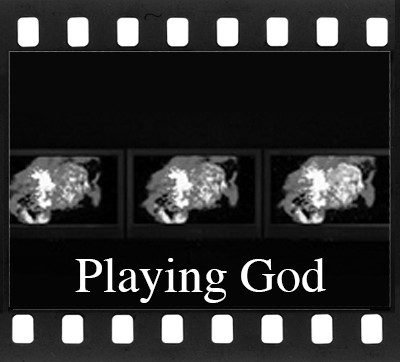Gathering Stones
The Ritual of Stones
It is customary to leave a small stone... on the grave<br/>in honor of the deceased, to show that one has visited his grave.”
No one really knows when or how the tradition of placing rocks or pebbles on tombstones in Jewish cemeteries actually began. The origin of this custom -- it is not Jewish Law -- is often explained as being a ritualistic vestige of our past as a nomadic desert tribe. In those days people were buried in cairns -- piles of pebbles and stones placed over graves -- which provided protection against the elements and especially against unearthing by wild animals. It is said that passersby, in acts of good faith, would often replenish depleted piles by adding a pebble to each grave.
Rabbis of the Talmudic era considered it an obligation to mark a grave by building a mound of stones. One prominent rabbi is said to have requested that after his death, everyone who passed by his tomb should place a rock upon it as a symbolic atonement for any sin he may have committed during his lifetime that he forgot to repent.
Some other explanations attribute the custom to a (not so) subtle form of surveillance employed by families in the small shtetl villages of Eastern Europe. Often the young children of a deceased parent were required to visit their family graves and place a stone on each one. That way, their elder siblings could count the stones and see how many of their younger siblings were living up to their familial obligations.
Another perspective reminds us that in death as in birth, everyone is equal, and that the lack of money needed for flowers should not prevent anyone from showing their respect. Everyone, no matter how rich or poor, could always find a stone. Finally, there is a more poetic perspective, likening the small bits of water condensation that form under the rocks at night -- and that trickle down the side of the tombstone each sunrise -- to tears of sorrow.
In the end, what remains -- what has trickled down to us -- is an enduring tradition observed by Jews all over the world. By placing a small stone on a tombstone, we are making a gesture of participation, renewing connection and symbolizing our presence. It is a simple yet elegant language for telling the dead and the living that respects are still being paid, and that the deceased are still loved and remembered. And yet, as the old rabbis were sure to point out, though the small stones we place now seem quite solid and invincible, they too shall someday turn to dust.
- ◻ ARTIST'S STATEMENT
- ◻ CURATOR'S STATEMENT
- ◻ CATALOGUE ESSAY
- ◻ HOLOCAUST MUSEUM HOUSTON
- ◻ HOUSTON PRESS RELEASE
- ✓ THE RITUAL OF STONES
- ◻ PRESS QUOTES
- ◻ ART IN AMERICA REVIEW
- ◻ THE FORWARD REVIEW
- ◻ JEWISH HERALD-VOICE REVIEW
- ◻ PHOTOS

